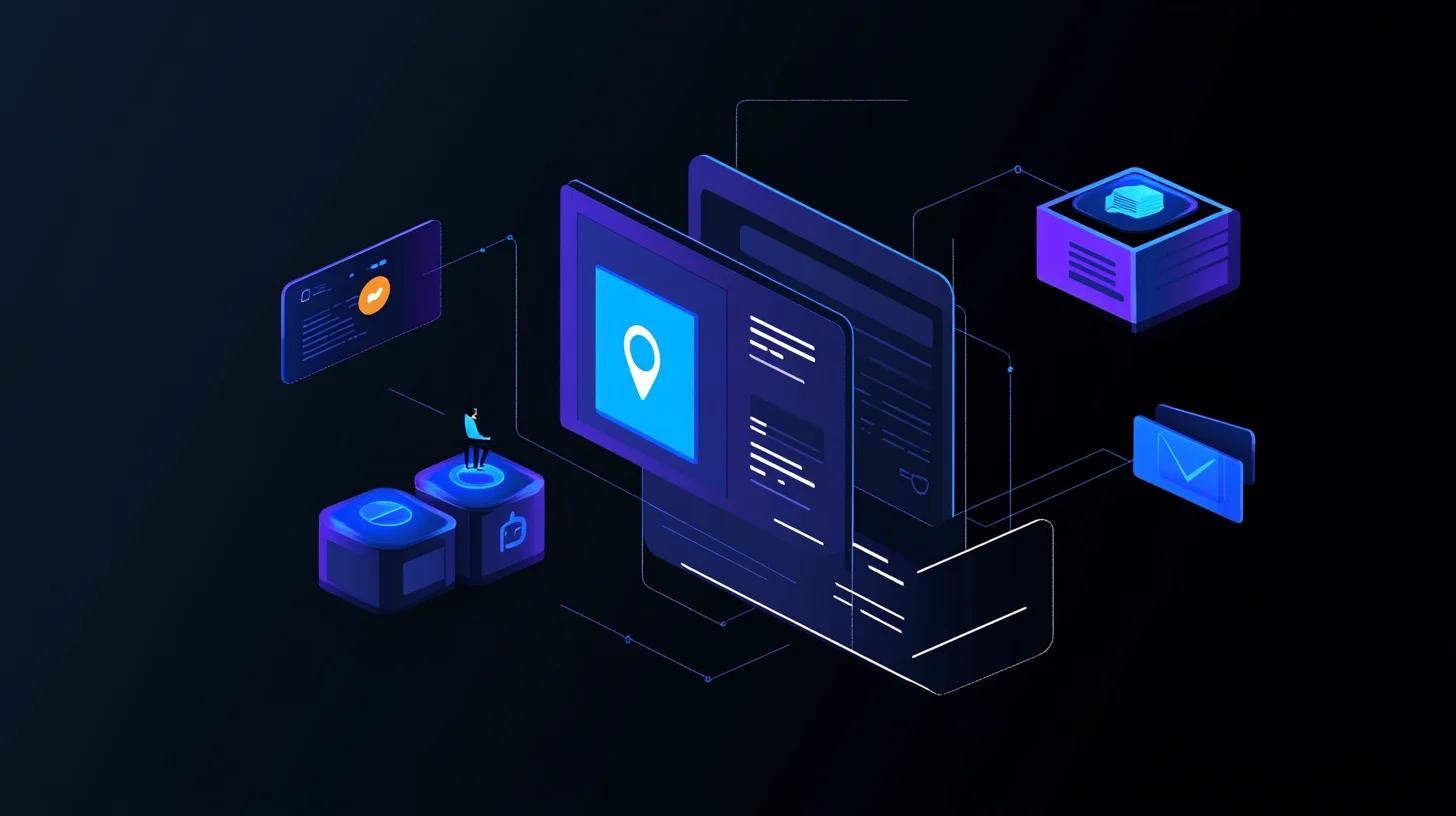Migrating from Builder.io can seem daunting, but it offers several advantages that could benefit your business in the long run. You might be wondering if the effort is worth it. The answer depends on your specific needs and goals. Let's explore some of the key benefits of making this move.
What are the Benefits of Migrating from Builder.io?
- Gain more control and flexibility over your tech stack. Moving away from Builder.io allows you to customize your tech stack to better suit your needs. You can choose the tools and frameworks that work best for your team and project, giving you greater control over your development process.
- Avoid vendor lock-in and reliance on a single platform.By migrating, you reduce dependency on a single vendor. This flexibility ensures you can switch tools or platforms in the future without being tied down, making your business more adaptable to change.
- Integrate with best-of-breed tools for specific use cases. Different projects have different requirements. Migrating allows you to integrate specialized tools that are best suited for your specific needs, enhancing the functionality and performance of your site.
- Potential cost savings at higher scale.As your business grows, the costs associated with Builder.io can add up. Migrating to a more scalable solution can lead to significant cost savings, especially if you anticipate high traffic or complex functionalities.
These benefits can help you achieve more flexibility and control, but how does the migration process actually work?
How Does a Builder.io migration work?
Migrating from Builder.io involves several steps to ensure a smooth transition. Here's a detailed breakdown of the process:
What are the initial steps?
Start by auditing your current content and data model in Builder.io. Identify all the content types, fields, and relationships. Document everything to understand what you have and how it’s structured. This step helps you avoid missing any critical data during the migration.
How do you choose a new CMS or platform?
Select a new CMS or platform that meets your needs. Consider factors like flexibility, scalability, and cost. Evaluate how well the new platform integrates with your existing tech stack and whether it supports the features you require.
What about mapping fields?
Create a mapping of fields from Builder.io to the new system. This involves matching each field in Builder.io with its equivalent in the new CMS. Ensure that all data types and structures are compatible. This step is crucial for maintaining data integrity during the migration.
How do you handle content export?
Use the Builder.io API to export your content. This typically involves writing scripts to fetch data from Builder.io and save it in a format that can be imported into the new CMS. Ensure you export all necessary content, including text, images, and metadata.
Do you need to transform data?
Sometimes, the data exported from Builder.io may need transformation to fit the new CMS. This could involve changing data formats, restructuring content, or cleaning up data. Use scripts or data transformation tools to automate this process as much as possible.
How do you import into the new CMS?
Once your data is ready, import it into the new CMS. Most platforms provide import tools or APIs to facilitate this process. Ensure that all content types, fields, and relationships are correctly imported. Validate the imported data to ensure accuracy.
What comes next?
With your content in place, rebuild your site on the new platform. This involves setting up templates, layouts, and components to match your existing site or improve upon it. Ensure that the new site is fully functional and meets your design and performance standards.
What tips can help ensure a successful Builder.io migration?
Plan and communicate
Start by aligning all stakeholders on the goals and timeline for the migration. Clear communication ensures everyone understands their roles and expectations. Set realistic deadlines and milestones to keep the project on track. Regular updates and meetings help address any issues promptly and keep the team aligned.
How should you audit and prioritize content?
Catalog all existing content to determine what needs to be migrated and what can be archived. This step helps streamline the migration process by focusing on relevant content. Identify content types, fields, and relationships to ensure nothing gets overlooked. Prioritize high-value content to migrate first, ensuring critical information is available on the new platform as soon as possible. It will also help if you create a content migration plan.
What should you consider when choosing a new platform?
Evaluate potential new platforms based on flexibility, scalability, and cost. Consider how well each platform integrates with your existing tech stack and supports your future needs. Look for features that enhance your site's functionality and performance. Make sure the platform can handle your content volume and traffic without compromising speed or reliability.
Why is testing and validation important?
Thoroughly QA all migrated content and the new site to ensure everything works as expected. Check for broken links, missing images, and formatting issues. Validate that all data has been correctly imported and that the site functions smoothly. Conduct user testing to identify any usability issues and gather feedback for further improvements. Testing helps catch and fix problems before the new site goes live.
How do you train your team?
Get your editors and other team members up to speed on the new CMS. Provide training sessions and resources to help them understand the new system's features and workflows. Ensure they know how to manage content, use new tools, and troubleshoot common issues. A well-trained team can make the most of the new platform, ensuring a smooth transition and ongoing success.
Considering these points, the decision to migrate from Builder.io can be a strategic move that aligns with your long-term goals and growth plans.
Ready to take your website to the next level? Schedule a brief discovery call with us to see how we can help you achieve your goals. Visit Webstacks to get started.




